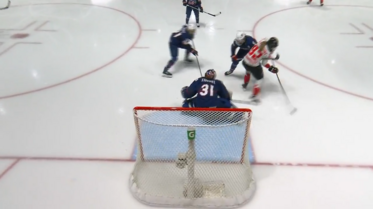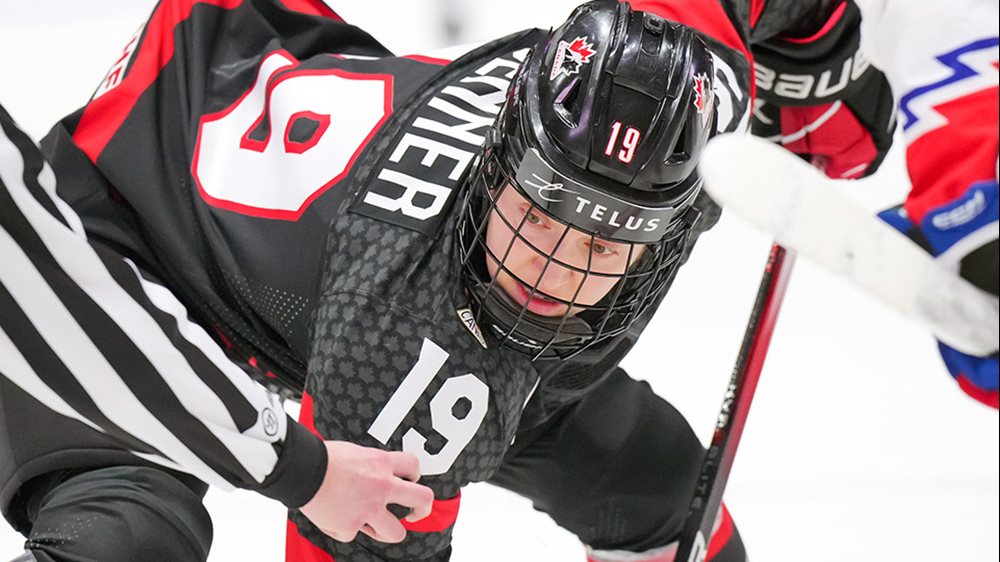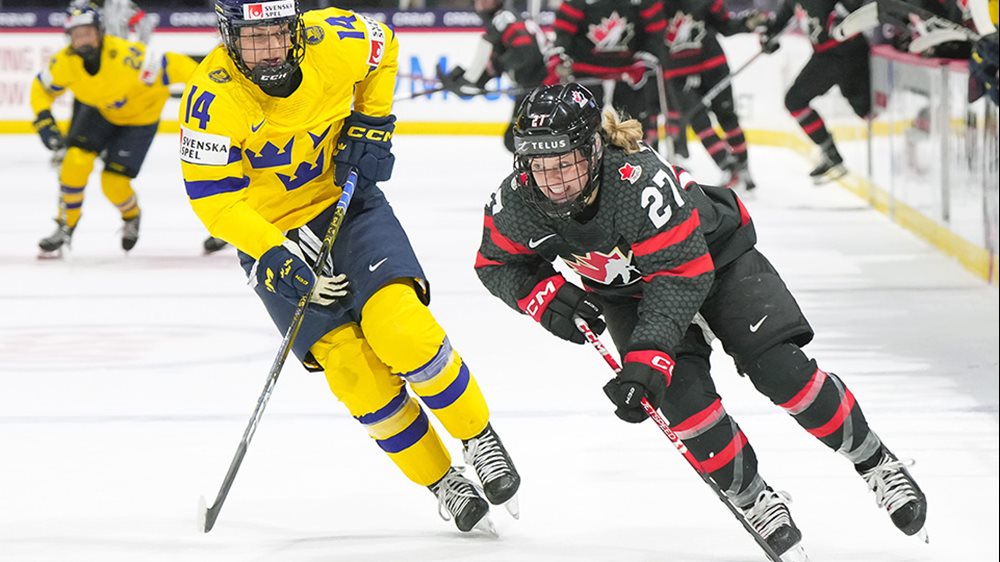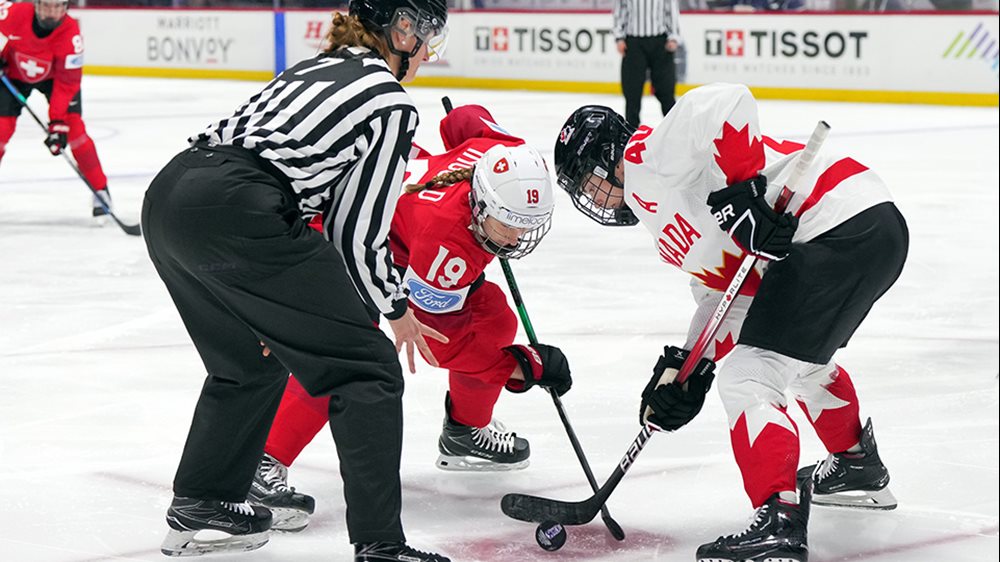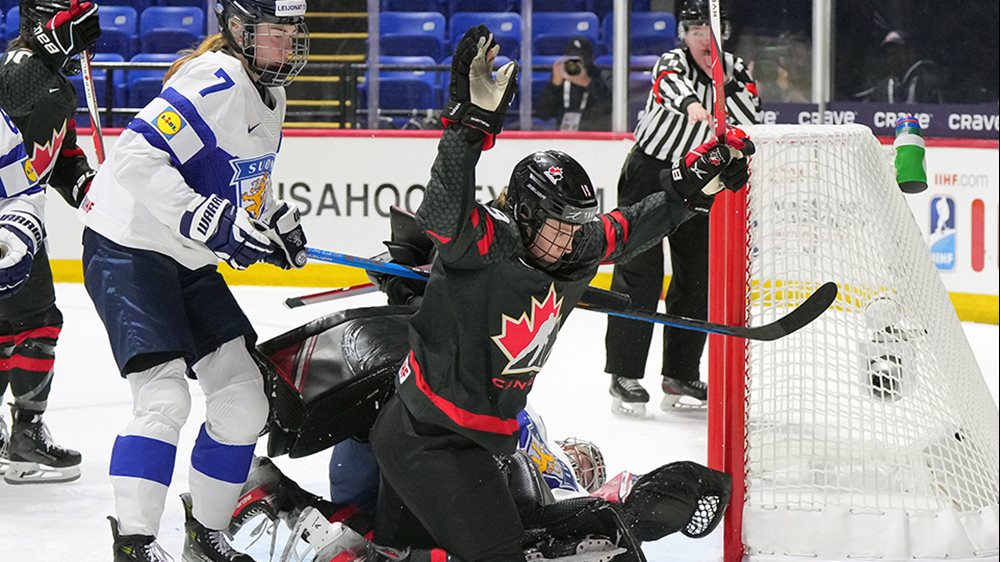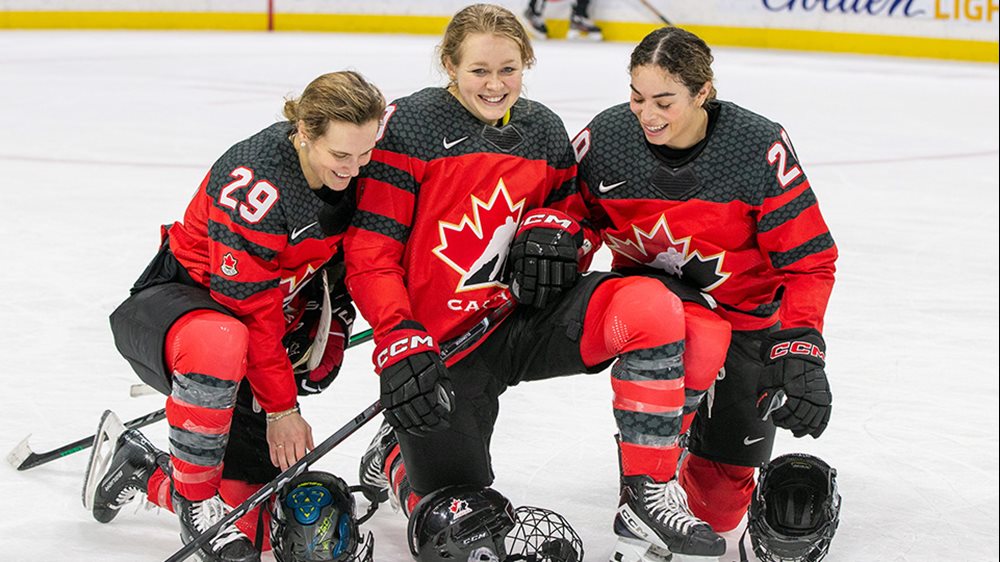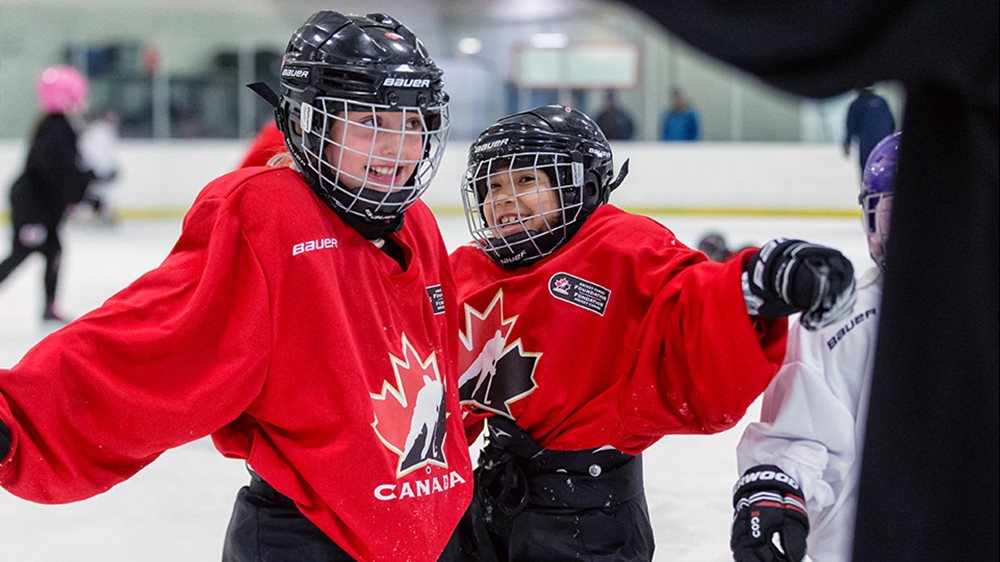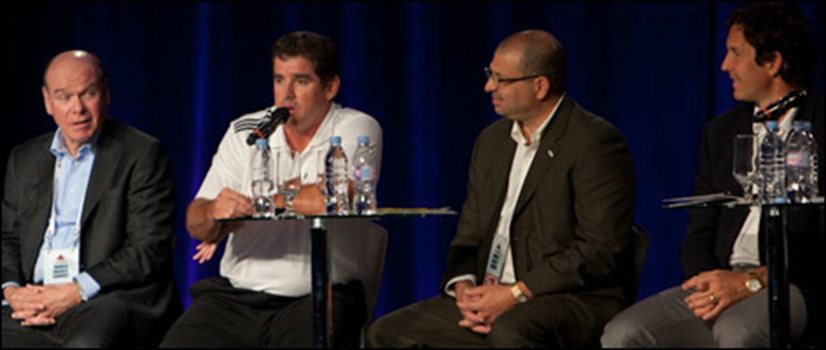
Aubry and Summit Panel Believe Body-Checking is Simply Not Needed for Kids
Summit asks when to start body checking
The Molson Canadian World Hockey Summit continued it Toronto this morning at the Air Canada Centre, the hottest topic being the difference between body contact and body checking and when these aspects of the game should be introduced to children. Several experts offered opinions, as many philosophies as men on stage.
The backbone of the theme was provided by Dr. Mark Aubry, who works extensively with both the IIHF and Hockey Canada. He provided statistical analysis of player injuries. Hockey Canada has conducted an experiment in which youth players in Calgary and Montreal played with body-checking and without checking. “In every instance and at every level, teams and leagues that had body-checking incurred a significant increase in injuries,” he revealed.
What are those injuries? Broken bones, concussions, and cuts lead the way.
Not surprisingly, Aubry and the IIHF have been studying injuries at the international for the last 12 years and showed results in incidents of injuries between men and women (who do not allow body-checking). “The results are the same,” he said. “Men suffer many more injuries than women, who suffer more injuries from incidental contact than anything else.”
“Body checking is a skill—not a license to kill.”
In short, he said, it’s about awareness and coaching and finding a balance between physical contact and deliberate attempt to injure. Hitting is a skill in the game, no question, but if used for excessive violence it is unwanted at every level.
Peter Laviolette, a Cup-winning American coach and Team USA’s coach at the 2006 Olympics, weighed in next.
“My opinion about body-checking is that of a parent of a 12- and 11-year-old and an NHL coach as well. I believe at pee wee hockey we should have contact but not body checking. There’s quite a risk for kids who may or may not make it to the NHL. At that age it’s about enjoying the game and teaching skills. You can introduce the hitting at the later age. I also agree with Dr. Aubry about educating and teaching about hitting, not only the players but the parents and coaches. I would suggest introducing a standard of safety which we can give right from the time kids start to play.”
Bob Mancini was up next and discussed the situation in the United States. “We have introduced the American Development Model which as three major components. First, the game has to be fun. We have an attrition rate of 44 per cent for kids by the time they are nine years old. This is unacceptable. Secondly, we have to evaluate the coaches of kids eight years of age and under, since that’s when kids are leaving the game. And third, we have to be open to change. We have to find out how the associations run their leagues and learn hoe to improve every aspect of the game.”
Long-time NHLer Brendan Shanahan, now working with the NHL, spoke as retired player and parent. “My seven-year-old son Jack just started playing, and he has the most important thing mastered—he loves it. But what I really want is that he has a safe environment to develop skills for the game. I think the coaches have to be more accountable and responsible…But for most people, I think the main thing is we’ve lost that love for shinny. Just go on the ice and play—no coaches, no parents, just fool around and have fun. We have to learn, though, that what we knew as kids and what we experienced as NHL players is not the reality now. Times change.”
Bob Boughner, another former NHLer of less skill but an OHL coach for the last four years spoke. “My biggest worry is how a coach manages a team during the time he has on ice. When I was in Colorado, our coach Joel Quenneville warned us to be ready from the minute we step on the ice. There’s no wasted time. Players can warm up off the ice and develop some skills around the rink, but when you’re on your ice, which is precious time, you have to develop skills with the pucks. Conditioning shouldn’t be done on ice as much with all the programs players can do in the gym and off ice. Managing the ice is something everyone at the minor hockey level can do better.”
Jack Hewitt, a coach in the GTHL (Greater Toronto Hockey League), finished the session: “Although Hockey Canada has done a great job with its Coaching Certification Program, in my mind we can do a better job hiring coaches. We also need to have more ice time for skill development, and I think there is going to be a tsunami in this country with arenas that are in terrible condition. They were built more than 40 years ago. We need to refurbish and upgrade our arenas. And ice time has to be cheaper. We pay some $400 an hour and prime time ice during the week isn’t even an option. It’s not available.”
Overall, Hewitt stressed efficiency at all levels—coaches, arenas, and associations. A decentralized system in Ontario, he observed, allows some ten groups control the players in the province when one centralized body would be more efficient, effective, cheaper.
For more information: |
- <
- >

